The Unforeseeable Singularity of Architectural Design
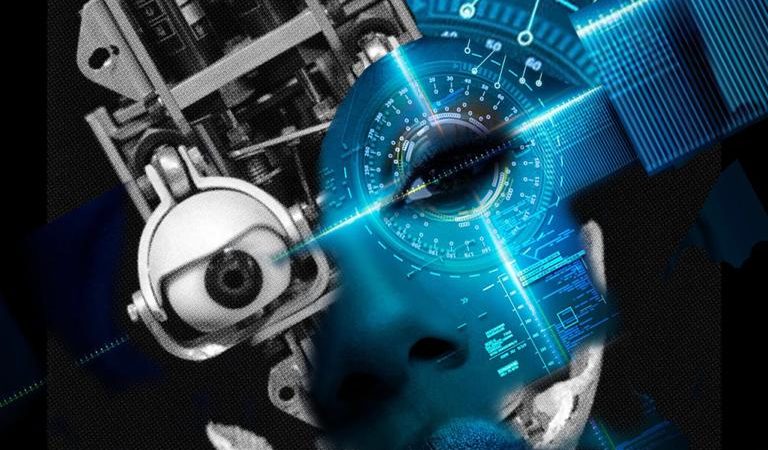
The Singularity – a theoretical future moment when technological evolution becomes uncontrollable and irreversible – carries with it the potential to trigger profound shifts in human civilization. This Singularity hypothesis, often referred to as an “intelligence explosion,” foresees a future where an improvable intelligent machine embarks on a “runaway reaction” of self-enhancement cycles, dramatically outpacing all human intellect. This could herald a dystopian future where humanity becomes obsolete on the face of the earth.
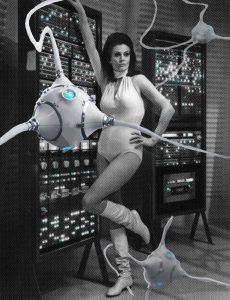
The prospect is, at the very least, unsettling, echoing numerous science fiction narratives wherein a future governed by machines is a common trope. The concept of a “singularity” within a technological context was first conceived by John von Neumann. Some researchers predict its occurrence within a few decades; thus, it could potentially fall within our lifespan.
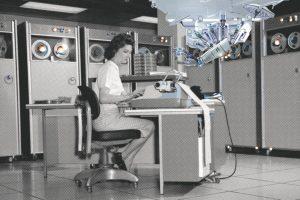
Regardless of whether we witness the Singularity within our lifetimes, technological progression remains inexorable, bringing both benefits and concerns to our work and life—or more specifically, altering “how” we work and live in the near future. Consequently, this inevitably impacts our roles as Architects. What will the future hold for the profession as we know it today? That hinges on the actual manifestation of the Singularity.
The Singularity might not necessarily equate to a catastrophic event for humankind; instead, it might usher in a seamless transition into an “augmented” reality, where humans still form the backbone of civilization. In this scenario, the roles of Architects could potentially become more crucial than they are today, albeit with certain alterations in the process.
The practice of architecture has evolved over time, shifting from oral instructions in ancient eras to the use of BIM (Building Information Management) technology in the present day. Throughout this evolution, “human” Architects have remained central to the profession.
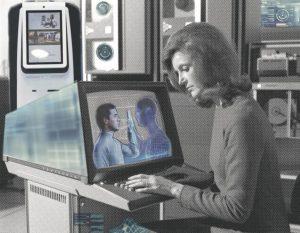
Nevertheless, the emergence of AI (Artificial Intelligence) casts a shadow of uncertainty over the future of our profession as we know it, with various platforms—some of which are already online—offering automated design solutions, eliminating the need for direct human interaction between client and server.
Regrettably, for the vast majority of us, especially young professionals lacking ample experience and a robust client base, the encroachment of machines into the automated aspects of our roles—like drafting, computing, budgeting, and some planning tasks—can be disheartening.
Still, machines cannot replace talented Architects as creativity resides in the neural network of our brains, which, to date, remains our most sophisticated computer. This status quo should endure, at least until the Singularity becomes reality.
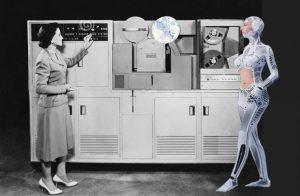
Moreover, in the event of a smooth Singularity transition (as opposed to a catastrophic one), we could fully harness the advantages of technology. This could allow us to not just save time, but to delve deeper into the development of increasingly efficient, sustainable, and economically viable architectural solutions. We could employ algorithms to generate multiple outputs for a specific task we need to evaluate, yet the final decision on the optimal solution would still rest with a human architect.
PS: the artwork depicted in this post is the work of artist Tatiana Sarukhanova. They were used as decoration in an office fit-out project developed by JTA architecture in Novy Arbat, Moscow, Russia.
